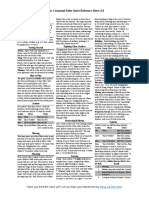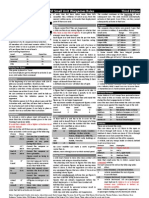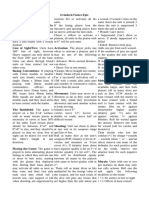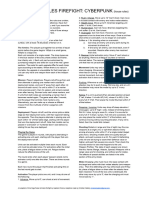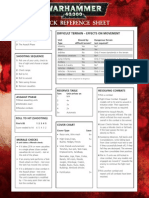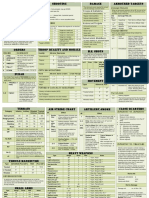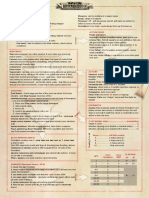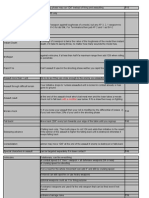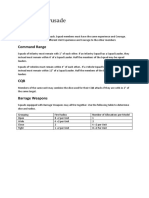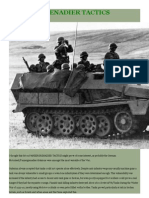0% found this document useful (0 votes)
15 views6 pagesUnit Formation Rules
rules on unit information for wargame
Uploaded by
yibaj33577Copyright
© © All Rights Reserved
We take content rights seriously. If you suspect this is your content, claim it here.
Available Formats
Download as ODT, PDF, TXT or read online on Scribd
0% found this document useful (0 votes)
15 views6 pagesUnit Formation Rules
rules on unit information for wargame
Uploaded by
yibaj33577Copyright
© © All Rights Reserved
We take content rights seriously. If you suspect this is your content, claim it here.
Available Formats
Download as ODT, PDF, TXT or read online on Scribd
/ 6
